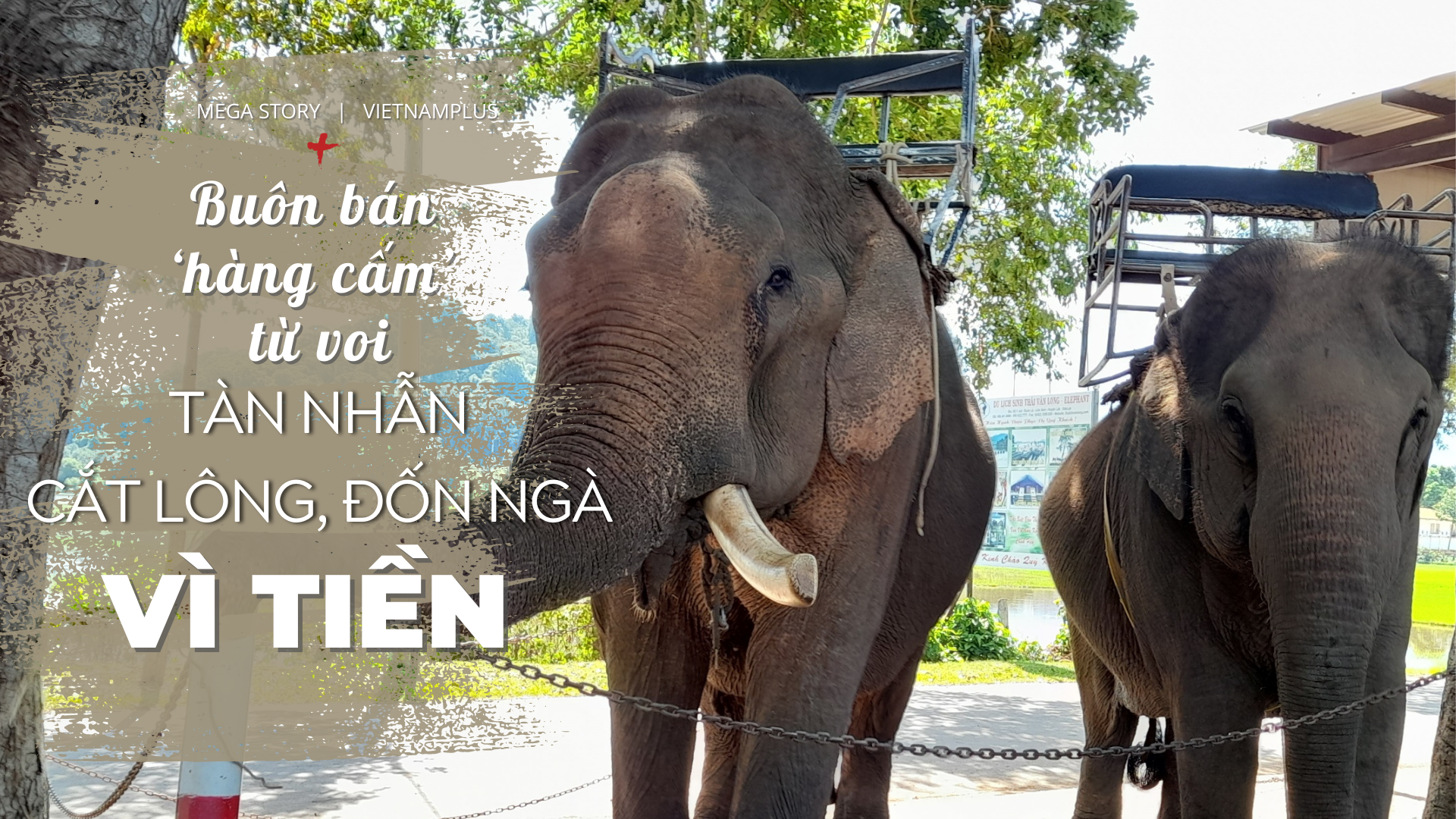
Introduction!
Elephant – one of the wild animals symbolizing biodiversity in the Central Highlands, is on the verge of extinction due to various causes; mainly from habitat loss and the need to trade and consume ivory.
As a country where wild elephant populations are distributed; having a culture associated with domesticating elephants in the Central Highlands and being a transit country and consuming ivory originating from Africa, implementing solutions to conserve elephants in Vietnam as well as contributing to international responsibility to protect elephant populations in Africa from poaching – plays a vital role.
Therefore, on May 21, 2013, the Prime Minister issued Decision No. 763/QD-TTg approving the project “Overall conservation of Vietnamese elephants in the period 2013-2020” with the purpose of conservation, sustainable development of existing wild and domestic elephant populations in Vietnam; at the same time, strengthen cooperation in law enforcement, control illegal trade and transport of ivory and elephant parts, and contribute to the conservation of elephant populations in the region and around the world.
Recently, on March 31, 2022, the Prime Minister continued to issue Decision No. 413/QD-TTg approving the adjustment of the implementation time of the above Scheme to 2025 as well as adding a number of localities. into the area to implement the urgent conservation project, thereby affirming the need for elephant conservation in Vietnam.
However, despite the efforts to protect, over the past time, many elephants have continued to be “tortured” for ivory, fur and bones to be sold on the market to make a profit in many different forms, from sneaking Even so, many owners of souvenir shops and gold shops in Dak Lak and neighboring provinces such as Gia Lai, Kon Tum and Quang Nam even imported pairs of ivory from Africa, Laos and Cambodia. to make countless products such as rings, pens, bracelets, bracelets, etc. to serve “God.
In 2021 alone, the Education for Nature (ENV) wildlife violation database recorded 575 ivory violations. This is a very sad and alarming situation, which not only affects elephant conservation, reduces the effectiveness of law enforcement, but also greatly affects the image of Vietnam in the eyes of friends and tourists. International.
The above fact raises a big question about the responsibility of implementation as well as the management of local authorities in the face of the reality that appears in front of them but seems invisible and implicit for many years. not processed?
To know more about the “underworld” of the ivory trade, as well as the dark areas in the management and conservation of elephants by local management agencies, invite readers and VietnamPlus reporters to delve into the reality of elephant ivory. investigation, thereby widening public opinion to understand why elephants in the Central Highlands are declining; Many regulations have been announced, but so far have not been able to eliminate this situation.
Lesson 1: Trade in banned goods from elephants: Cruelly cut hairs and tusks for money
Lesson 2: Selling ivory in front of the office: Everyone knows it, why isn’t the leader good?
Lesson 3: Taking responsibility for the ivory trade: It can’t be delayed
Source: VIETNAMPLUS


